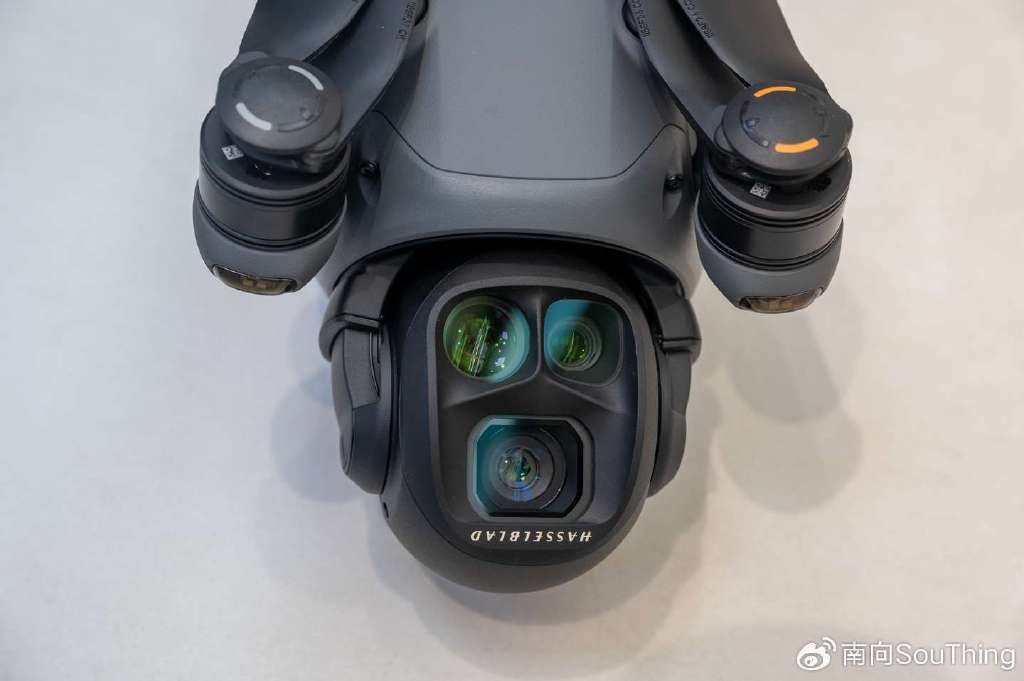Mastering the skies with a drone is an exhilarating experience that requires not only skill but also comprehensive knowledge of drone flying maps. These maps serve as essential tools, helping drone enthusiasts and professionals alike navigate various airspaces with ease. This guide will delve deeply into understanding the nuances and practical uses of drone flying maps, ensuring you’re equipped to handle your unmanned aerial vehicle like a pro.
Understanding Drone Flying Maps

Drone flying maps are primarily designed to offer visualization and information regarding no-fly zones, regulations, and topography. Featuring key data such as restricted areas and potential obstacles, these maps are indispensable in planning your flight paths. When flying a drone, awareness of the landscape and legal restrictions is crucial to avoid fines or accidents, making maps a priority for every drone operator.
Importance of Airspace Awareness
By utilizing drone flight maps, pilots can enhance their awareness of airspace classifications, including controlled and uncontrolled regions. Controlled airspace may require permissions or notifications prior to flight, whereas uncontrolled airspace provides more freedom but still demands caution. The clarity provided by these maps ensures that you’ll fly your drone in compliance with local aviation rules, protecting you from legal repercussions while enhancing safety.
Features of Advanced Drone Flying Maps
- Real-time Updates – Advanced drone flying maps offer real-time updates reflecting the dynamic changes in airspace regulations and weather conditions. This feature ensures that your flight plans remain current and applicable.
- Obstacle Information – Detailed maps will incorporate data regarding potential obstacles such as buildings, trees, or power lines, permitting safer flights by informing you of potential hazards.
- Weather Conditions – Weather integration within drone maps helps pilots anticipate unfavorable flying conditions, leading to well-informed decisions that enhance operational safety.
Choosing the Right Drone Flying Map App
Selecting the right app is pivotal in optimizing your drone flying experience. Consider apps that offer comprehensive data, user-friendly interfaces, and reliable customer support. Verify that the app includes both drone flying maps and customizable flight logs, which help in tracking flight history and performance.
Enhancing Your Drone Experience
Embracing drone flying maps not only helps in safe navigation but also in enriching your aerial photography or videography endeavors. By understanding how to leverage these resources effectively, your ability to capture breathtaking forts, expansive landscapes, or intricate architecture without violating airspace regulations improves significantly.
Frequently Asked Questions
What is a no-fly zone?
A no-fly zone is an area where drones are prohibited from flying, often due to security concerns or privacy issues. Drone flying maps highlight these zones distinctly.

Are drone flying maps free?
While many apps provide basic features for free, advanced functionalities may require purchase. It’s advisable to invest in quality maps tailored to your needs.
Can weather affect drone flying?
Yes, adverse weather conditions such as strong winds or rain can impact drone stability and control. Reviewing weather parameters on your map before flying ensures safety.